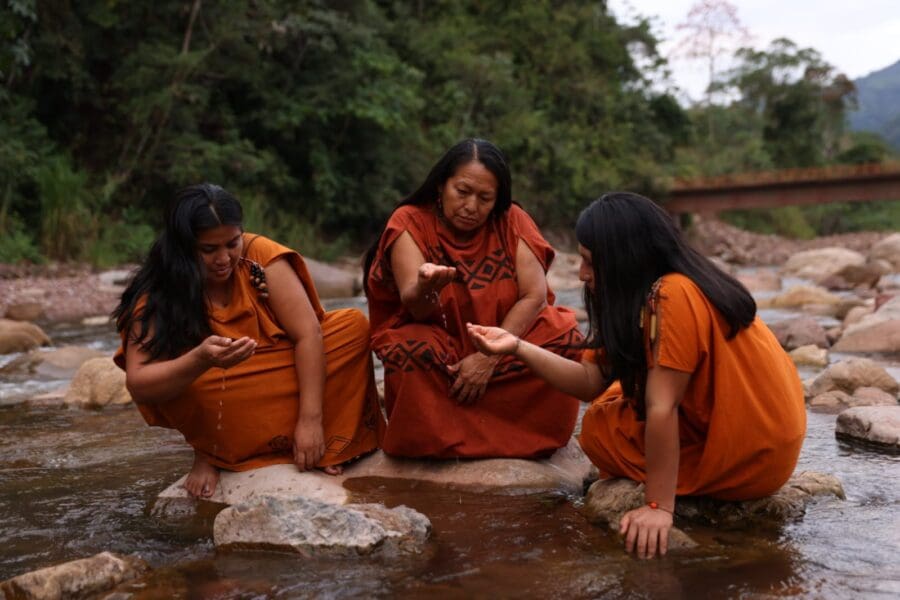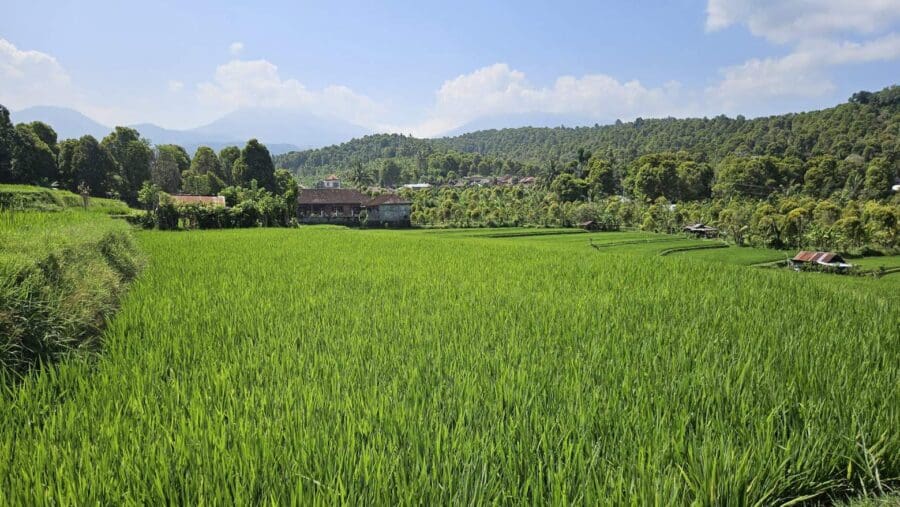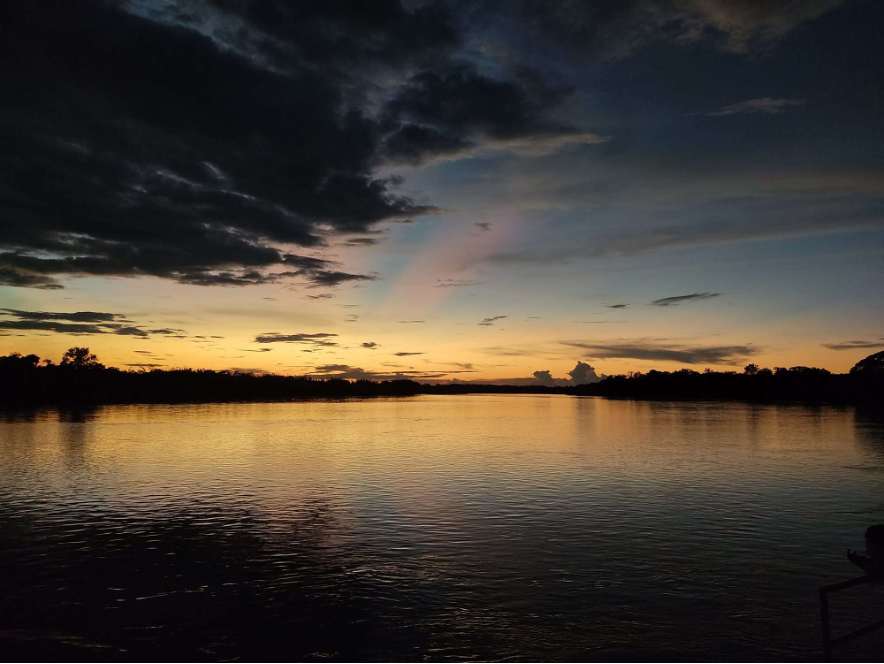On July 14, the body of Mariano Isacama Feliciano was found on the bank of the Yurac River, a tributary of the Amazon in the Peruvian department of Ucayali. Isacama Feliciano was a human rights defender from the Katkataibo Indigenous People and had been working with his community to resist the presence of illegal loggers before his death.
According to press reports, Isacama Feliciano’s body showed signs of torture. In a statement, Peruvian Indigenous organizations decried the killing and “the slow reaction of Peruvian authorities” to the multiple threats against him as well as their multiple requests for help.
Isacama Feliciano is one of at least 34 Indigenous community leaders who have been killed in the Peruvian Amazon since 2013 in conflicts with illegal actors operating on Indigenous territories. The killing is part of a global pattern of threats and violence directed at land and environmental defenders, particularly Indigenous Peoples, Afro-descendent Peoples, and local communities defending their territories which often overlap with environmentally sensitive areas. Attacks and violence against defenders from these communities are increasing in the face of illegal resource extraction, drug trafficking, and other criminal activity in forestlands and biodiverse areas, including in Colombia, Peru, Brazil, the Democratic Republic of the Congo (DRC), and Indonesia.
In response, communities like the Katakaibo in Peru are taking actions to protect themselves. They are using methods that emphasize community collective action rather than focusing on individual defense. These include establishing Indigenous guards or patrols; using technology such as drones to monitor incomings and outgoings on their land; legal defense strategies; and international and global advocacy. This is done to protect the community against outside threats, and with an awareness that their survival is largely in their own hands (governments are often unwilling or unable to protect them).
Because of the vital role Indigenous Peoples, Afro-descendant Peoples, and local communities play in protecting vulnerable forests and biodiversity, their collective protection measures are also critical to fighting climate change and biodiversity loss. However, these issues seldom receive attention at global negotiations. This is in part due to governments and international bodies “siloing” climate, corruption, and human rights as separate issues that ignore how deeply intertwined they are in many contexts, particularly in tropical forested countries.
This could start to change at the upcoming COP16 of the UN Convention on Biodiversity and COP30 of the UN Framework Convention on Climate Change. These events will be important opportunities to demonstrate that we cannot protect the climate and biodiversity without also ensuring that frontline communities can protect themselves.

Many organizations are also already supporting collective protection measures. These include:
- Brussels-based NGO, Protection International, has done important work in this area and has developed a collective protection framework.
- The Zero Tolerance Initiative, a coalition of organizations working to end human rights abuses in corporate supply chains, has recently published a report that recounts examples of collective protection efforts in Latin America.
- The Accountability Research Center has done important work on collective protection in Colombia.
- RRI has supported collective protection work by several partners in Latin America, including Proceso de Comunidades Negras (PCN) in Colombia, which is carrying out rights-based conservation efforts despite threats from the illegal extraction of gold, timber, fishery resources, logging, and coca cultivation.
Support for collective protection fits naturally within RRI’s focus on community land tenure and rights-based conservation. Indigenous, Afro-descendant, and local community coalition partners and collaborators are calling on RRI to do more to address the threats their communities are facing. And there is indeed more that we can do, including expanding our work in Africa and Asia as well as developing a discrete collective protection strategy that supports and complements RRI’s work on rights-based conservation.
For example, RRI could mobilize funding via the Community Land Rights and Conservation Finance Initiative (CLARIFI) and work to integrate support for collective protection as a key component of our funding, research, and advocacy strategies to promote community land tenure.
CLARIFI responds to territorial dynamics in a range of ecosystems around the world by supporting the self-determined conservation and climate-related priorities of communities, including the important role that environmental and human rights defenders play in the well-being of communities. Supporting defenders and their knowledge of collective defense, via legal and advocacy support and safe housing, is one of CLARIFI’s six indicative funding windows.
The world needs to open its eyes to situations like the one that took the life of Mariano Isacama Feliciano to see what is really going on in the tropical forests and biodiverse areas that are most critical for saving the planet. International donors should also start seeing collective protection as an essential component of climate mitigation, conservation, and biodiversity protection.
COP16 and COP30 are important opportunities for this connection to be made. If governments and donors can’t or won’t take action, communities will defend themselves.







